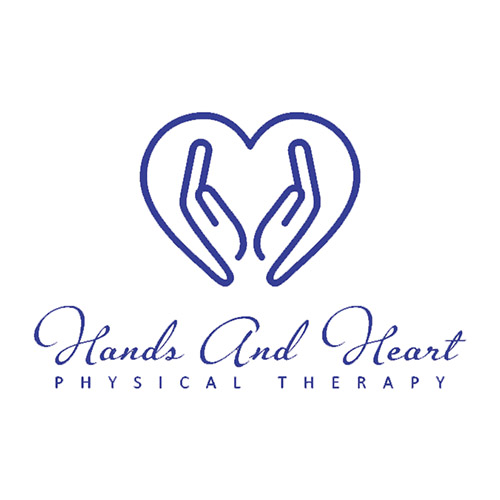
Physical therapy for your pelvic floor—you heard right. What’s that, you ask? Your pelvic floor is not actually a floor, but is shaped more like a bowl. If you look at a skeleton, there is a skull on top, connected to a long spine, ribcage and that heart-shaped bone at your hips is known as the pelvis. From a socket on each side of the pelvis extends your two leg bones. The pelvis is the Grand Central Station where all loads meet and transfer. Your pelvic floor consists of muscles both externally and internally that are responsible for many important bodily functions including bowel and bladder control, organ support, orthopedic stability and sexual function. What do you think happens when something goes awry in this delicate area?
Complaining about your back pain or stiff neck is socially acceptable, but discussing your pelvis often is awkward and taboo. And that’s why I’m writing here, so you, and every woman (and yes, men and children have a pelvic floor too!) can understand that what you are experiencing is super common and super normal, but doesn’t have to stay that way. Many bodily changes occur throughout our lifetime, especially in regard to childbearing women. So, let’s get to the point: Why would you need a pelvic floor therapist? As I explained earlier, the pelvic floor muscles are shaped like a bowl, and act like a sling to support your reproductive organs. They control bowel, bladder and sexual function, and are the foundation for one’s core, hip and back musculature. Oftentimes, our pelvic floor muscles are overstretched, and are unable to support our organs properly. Women will complain of heaviness and pressure in the pelvic region that increases with activity and at the end of the long day. They are afraid of “things” falling out. The medical terminology for this is a prolapse.
Minimal and moderate prolapse respond wonderfully to exercise, and even those with severe prolapses benefit from both pre- and post-operative physical therapy. Surgery pins things back into place, but it does not make muscle stronger or teach patients how to use their body properly. And no, it is not all about Kegels. Exercises are functional and mimic tasks you do throughout the day, so your muscles will know how to kick into gear at the right time. The exercise program begins with gravity-eliminated exercises, such as on a wedge, and moves across the spectrum to dynamic movement. Additionally, we look at other sources of pressure that can be aggravating a prolapse, such as chronic constipation.
Now, let’s move onto bladder health and more. Do you leak when you cough or lift? Are you in the bathroom every 30 minutes? How about at night? Do you feel like you never empty your bladder? Well, again it’s not all about the Kegel, and some leakage is not driven by weakness at all, rather poor coordination and timing of the muscles. In some cases, the muscles are too tight and get frozen in place, and they cannot contract or relax for proper bladder control. Through educating patients in urge-suppression techniques and bladder irritants in their diet, and feedback on bladder logs, patients can develop healthy bladder behaviors. Bowel-related issues such as constipation, fecal incontinence and poor gut health can have their roots in pelvic floor dysfunction. Did anyone ever teach you how to sit on the toilet and how to strain without busting your pelvic floor? How about bowel massage, visceral mobilization and core exercises that focus on abdominal lengthening and rotation? And, of course, we provide prenatal and postpartum care for those with the belly bulge known as diastasis rectus abdominis, pubic symphysis and sacroiliac joint dysfunction and perineal scar treatment.
Sexual health is a large focus of our practice. Do you experience difficulty inserting a tampon? How about a speculum exam? Does sex hurt? Do you have reduced sensation with sex? Pelvic floor muscles can be too tight, making entry difficult. Together with manual therapy, stretching, breathing and relaxation training, pelvic floor muscles can learn how to let go and lengthen, ensuring activity is comfortable. In other instances, pelvic floor tone is reduced, and targeted exercises begin to bring blood flow to the area, which builds tone, resulting in greater sensation and pleasure. This is just a spoonful, but it is enough knowledge to let you know that help is out there. I implore you to seek out the state of happiness that a healthy pelvic floor will allow you.
Rebecca Marcus, PT, DPT, is a physical therapist who specializes in pelvic-floor rehabilitation and is the owner of Hands and Heart Physical Therapy. As a Jewish mother, her passion is to help women experience the meaningful moments in life. Visit handsandheartpt.com to learn more about her practice.









